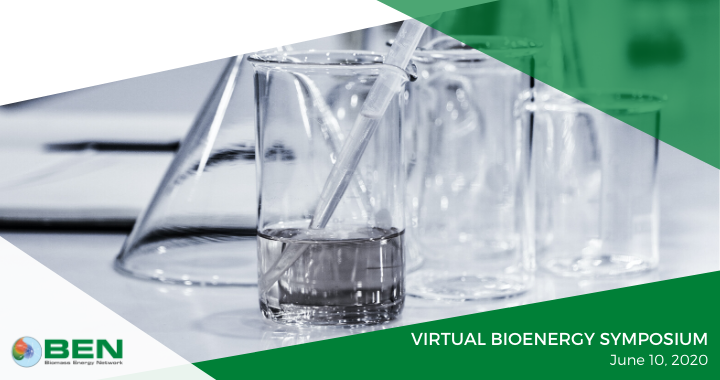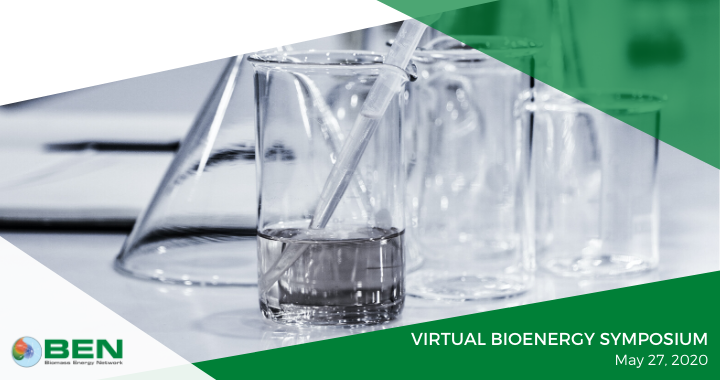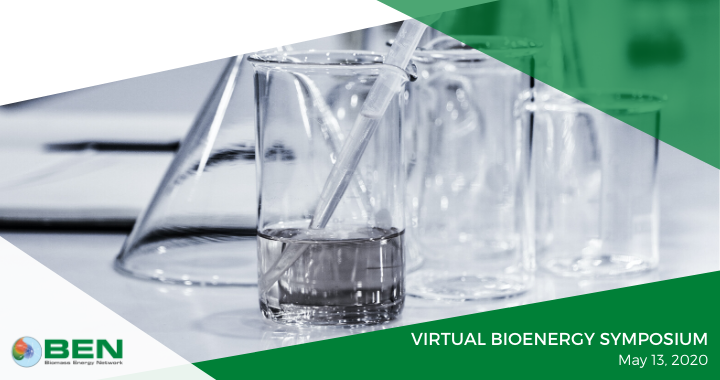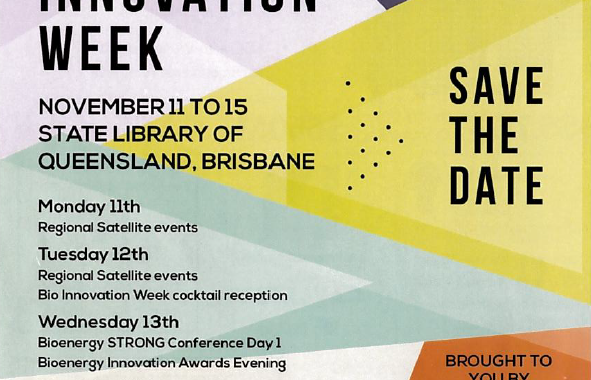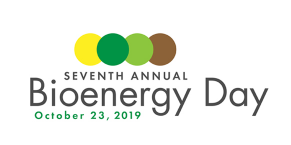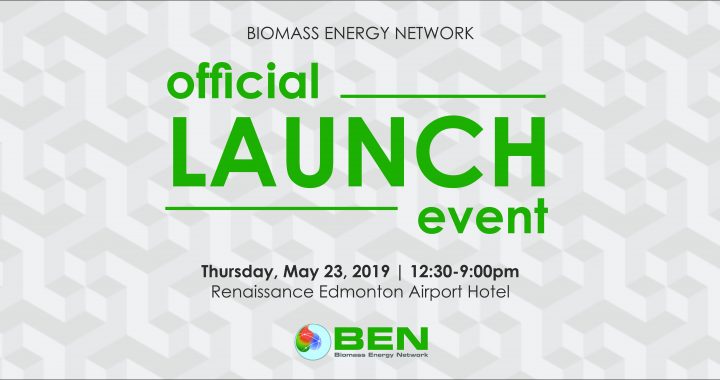Building on the momentum of our first two Virtual Bioenergy Symposium sessions in May, we are pleased to present our third Virtual Bioenergy Symposium on June 10 from 12:00-1:00pm MDT. The purpose of these sessions is to:
- Facilitate the transfer of research knowledge in the bioindustrial space
- Create networking and collaboration opportunities
- Keep graduate students and postdocs engaged during times of isolation
Sessions will be hosted on Zoom, and you receive the link to join once you register on Eventbrite. See you in June!
Register here.
For information on past sessions, visit our symposium archive page.
JUNE 10 SPEAKERS:

José Carlos Velasco Calderón
Department of Chemical and Materials Engineering
University of Alberta
“Investigating the Influence of DMSO on Brønsted Acid-Catalyzed, Condensed Phase Biomass Reactions Using Molecular Dynamics and Well-tempered Metadynamics”
It has been identified that solvent environment modifies the kinetics and thermodynamics of biomass reactions, and hence the formation of by-products. The objective of this research is to investigate the role of the aprotic co-solvent in the presence of a Bronsted acid catalyst in inhibiting the formation of humins. The reaction model is the dehydration of fructose to 5-HMF. The simulation systems consisted on fructose or 5-HMF in water-DMSO acid solutions. Molecular dynamics simulations were performed to analyze the preferential configuration of hydronium ion, DMSO and water molecules solvating fructose or 5-HMF. Additionally, well-tempered metadynamics (WT-metaD) simulations were performed to evaluate the relative stability of hydronium ion in the first solvation shell of the substrates compared to being in the bulk as a function of solvent composition. While for 5-HMF systems, DMSO inhibits the interaction between 5-HMF and hydronium ion. Free energy surfaces (FES) show that increasing DMSO concentration provides higher stability to the hydronium ion near fructose than in the bulk. Conversely, DMSO destabilizes the hydronium ion in the vicinity of 5-HMF molecules, as compared to the bulk. This is the first research that quantitatively compares the relative stability of the hydronium ion in bulk and near the functional groups in fructose and 5-HMF, as a function of solvent composition.
José Carlos Velasco Calderón obtained his B.E. (Hons.) Chemical Engineering at UNAM, Mexico. He completed an academic exchange semester at University of Stuttgart, Germany in 2018. He is currently a Ph.D. student in the Department of Chemical and Materials Engineering at the University of Alberta, Canada, and president of the Graduate Students Association of Chemical and Materials Engineering (CMEGSA) 2019-20.
José has previously worked in waste treatment by regenerating used lubricating oil by liquid mixtures extraction. Currently, his research area is computational catalysis & reaction engineering. He is studying the formation of by-products in the conversion of condensed acid catalyzed biomass to chemicals using force field based molecular dynamic, well-tempered metadynamics and density functional theory (DFT) calculations. The distinguished awards he has received during his undergraduate and graduate studies are Mitacs Globalink Scholarship 2017, ExxonMobil Scholarship for Research BEI 2018, Mitacs Globalink Graduate Fellowship Award 2019, Captain Thomas Farrell Greenhalgh Memorial Graduate Scholarship 2019 and BAL-UNAM Earth Sciences Award 2019. He is interested in being part of a positive social change and finding solutions to environmental and energy challenges.
Link to presentation (PDF format)

Dr. Mohd Adnan Khan
Department of Chemical and Petroleum Engineering
University of Calgary
“Coproduction of hydrogen and Value-Added Chemicals via Electrocatalytic biomass oxidation: Techno-Economic Investigations”
With the effects of climate change visible to us, governments around the world continue to transition away from fossil fuels. Biomass conversion into commodity chemicals is a promising strategy to reduce society’s dependence on fossil fuels. Electrochemical oxidation of biomass to value added chemicals with coproduction of hydrogen represents a new and promising approach to achieve a higher grade of sustainability in chemical processes. While the development of catalysts and reactor systems is still in its infancy, it is important to analyze the economic feasibility of such a process. In this study, we present the detailed techno-economic analysis (TEA) of a potential bio-based process to produce glucaric acid (GRA) from glucose. GRA is recognized by the US Department of Energy as a “top value-added compound”, because it is a key intermediate to produce biodegradable polymers, biodegradable detergents, and metal complexation agents. Using the TEA study, we discuss the effect of various economic parameters on the minimum selling price of GRA and establish performance targets such that if these targets are achieved, electrochemical oxidation of biomass can become a profitable option as part of the growing renewable energy infrastructure.
Dr. Mohd Adnan Khan is a materials scientist, currently working as a Research Associate at University of Calgary. He has over 9 years of R&D experience in academia and industry, working in areas of renewable fuels, photovoltaics and flexible electronics. He received his PhD degree in 2013 from King Abdullah University of Science and Technology (KAUST) in Saudi Arabia, specializing in developing polymer-based memory devices for flexible electronics application. Upon finishing his PhD, he joined Saudi Basic Industries Corporation (SABIC), working in Corporate R&D, where he developed expertise in the areas of light harvesting, surface reactions, electrocatalysis and plasmonics. Prior to joining University of Calgary, he was a team leader at SABIC, where his group focused on developing photoelectrochemical devices and reactors for sustainable solar H2 production. He has published his research work as author/co-author of 24 publications in reputed journals and has 7 granted patents.
Link to presentation (via YouTube)

